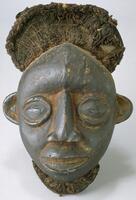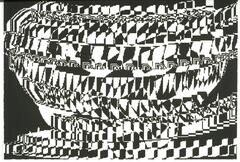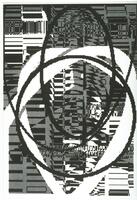268 UMMA Objects
268 UMMA Objects

Japanese (Japanese (culture or style))
Ôtsu-e: Demon soliciting alms (Oni no nembutsu)
18th century
Museum purchase for the James Marshall Plumer Memorial Collection
1964/2.102

Chinese (Chinese (culture or style))
Round Embroidery
1867 – 1932
Gift of Mr. and Mrs. Herbert W. Johe
1989/2.77
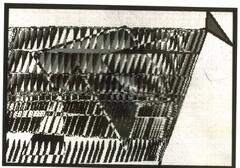
Gordon W. Gilkey
Transparency (of original computer-generated drawing for print C), for the portfolio "Unclassified Reflections"
1994
Gift of Gordon W. Gilkey
1996/2.6.8
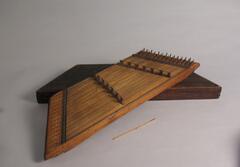
Korean (Korean (culture or style))
Hammer-dulcimer (Yanggeum)
1850 – 1950
Gift and partial purchase from Bruce and Inta Hasenkamp, purchase with funds from Elder and Mrs Sang-Yong Nam
2021/1.158
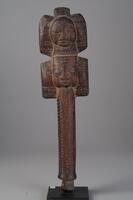
Yoruba (Yoruba (culture or style))
Dance Staff
1950 – 1999
Gift and partial purchase from the estate of Kurt Delbanco in honor of Nicholas Delbanco
2017/1.614
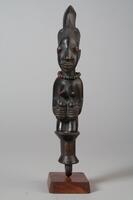
Yoruba (Yoruba (culture or style))
Staff
1950 – 1999
Gift and partial purchase from the estate of Kurt Delbanco in honor of Nicholas Delbanco
2017/1.668
Loading…



